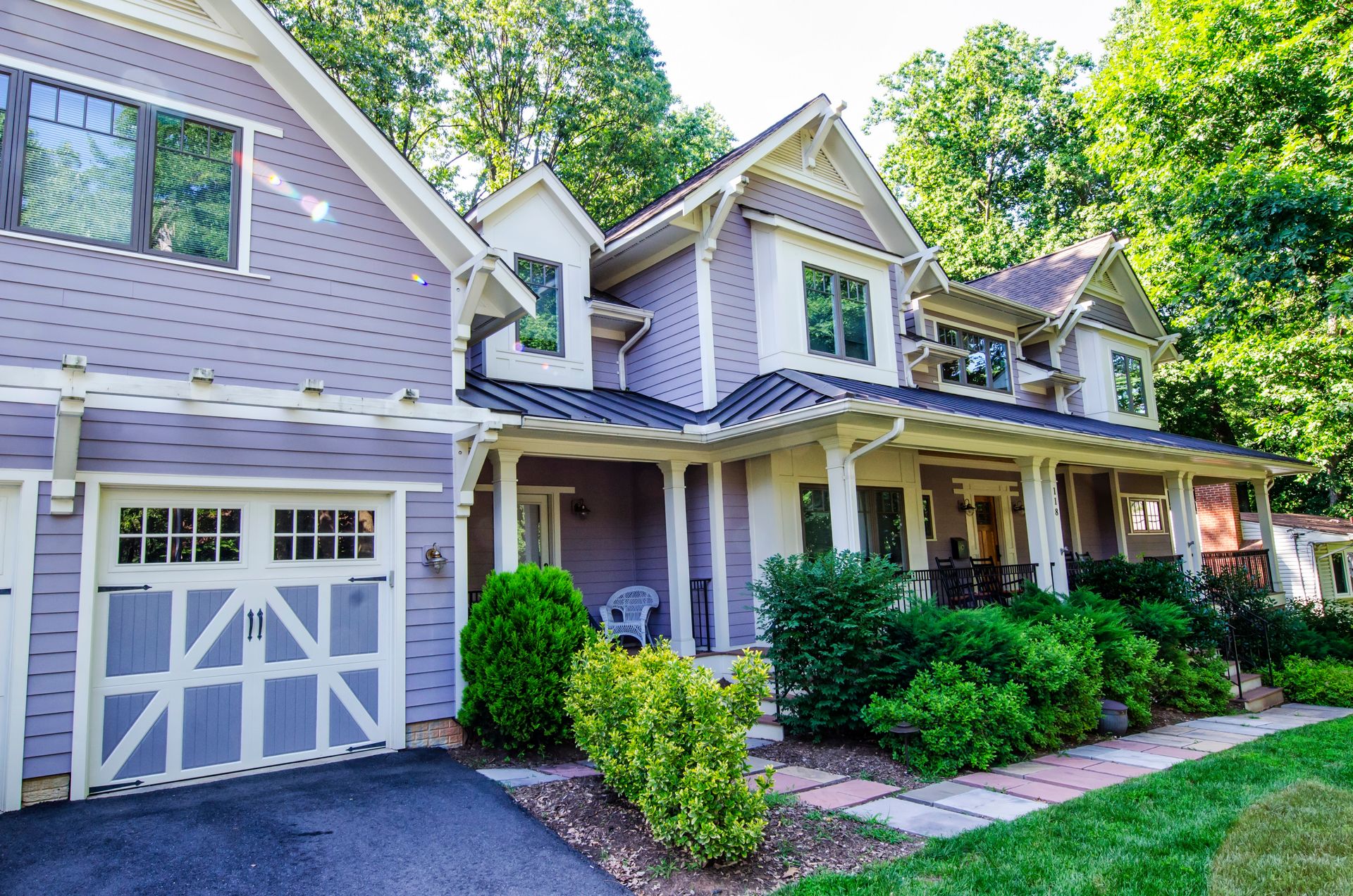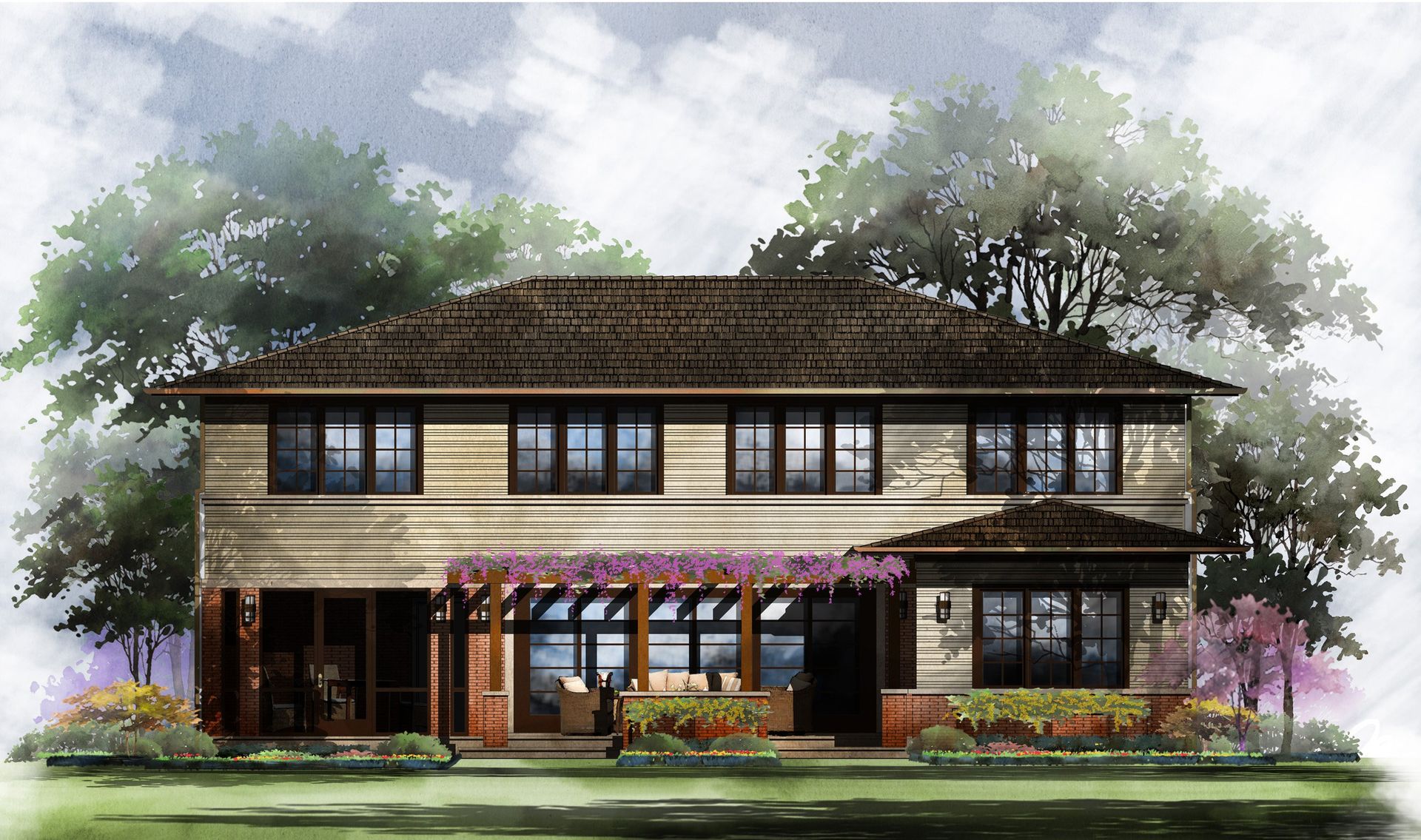


One hurdle that inevitably pops up at the beginning of many new design relationships is the notion of price gouging. Many new clients routinely ask about the potential for us to increase our fees because they believe we will specify expensive materials in order to simply increase the cost of construction and consequently our design fees. This is an understandable area of confusion but the reality is this notion is a total fallacy. The easiest way for you as a client to quell these concerns is to understand that our fees are based on your project's scope and that you alone are the one who has complete control over the size of this scope. It's also helpful to understand that I diligently work with all of my clients on the front end of the design/build process to develop their project's scope and budget to ensure that we are developing a project that ultimately meets your needs and is something you can afford.
Part of the advice I give new clients to is to be honest with me at all times. This honesty on the front end of a project is helpful in a lot of ways. First, fully understand your budget constraints and clearly relate this budget to your architect up front. Unbelievably, there are clients who, for whatever reason, are not completely open about their project budget. Almost always these projects don't proceed as smoothly as they could simply because of this inherent secrecy.
Second, the very nature of a design relationship is based on trust. You are entrusting me to creatively translate your dreams into a built reality while also ensuring that your structure is safe, well-engineered and cost effective. Normally, we are very good at developing a project scope that falls within your financial means. Our assurance to you is if we ever blow a stated budget when the construction bids come in, we will not charge you to redesign and redraw the project to get it back within the parameters established at the beginning. Your assurance to us is if you blow your own budget, either because you alter the initial scope of the project, changed your mind about the amount you are willing to spend or alter the time frame for the design/build process, you will compensate us accordingly.
Third, stick to the scope that we initially developed. This concept is fairly simple but I am continually amazed at the many successful and seemingly intelligent people who are surprised when bid numbers are higher than the original budget after designing a project that is 1,000 square feet larger than the original program. Do these clients think that there is a sale on square feet once the project grows beyond 4,000 SF? I’m never sure but I do know that the tendency is to always want more than you can afford. The best advice I give all my clients is scope and budget are the two ends of a continuum along which exists an infinite number of projects. Somewhere along this continuum is a project whose scope and cost gives you the biggest bang for your buck. Increase the scope and you will need to increase the budget accordingly. It's as simple and as complicated as that.

